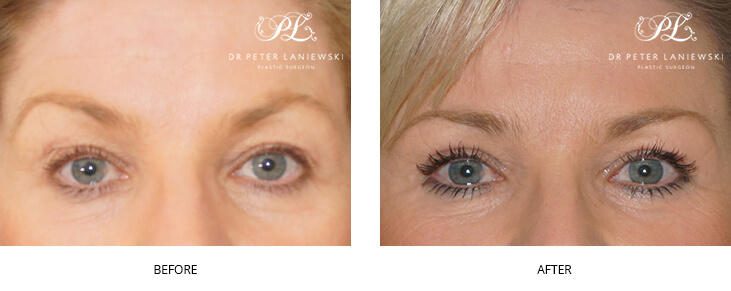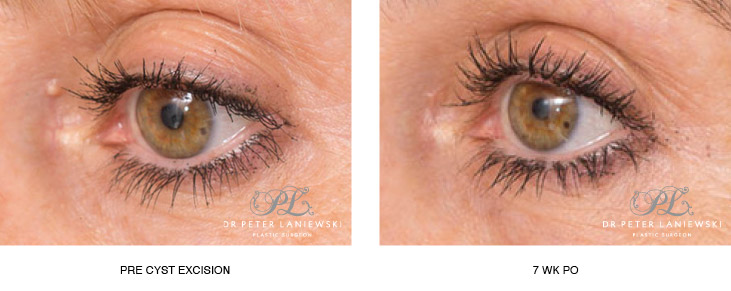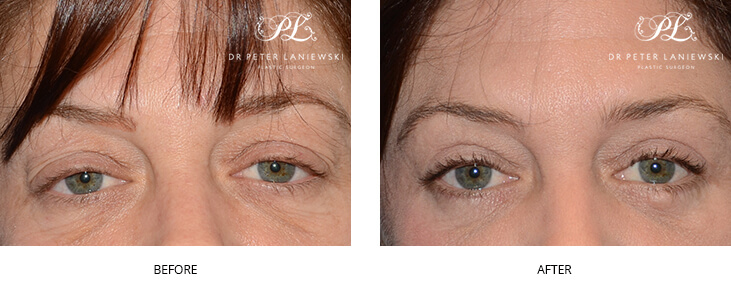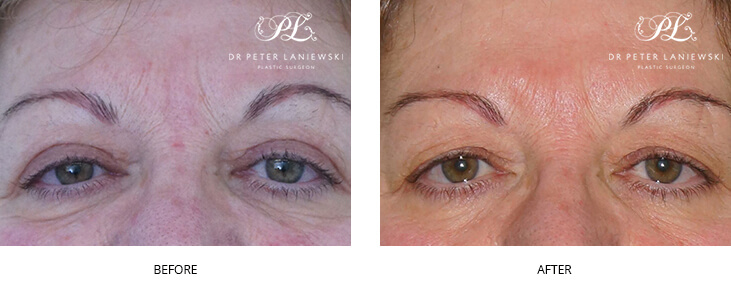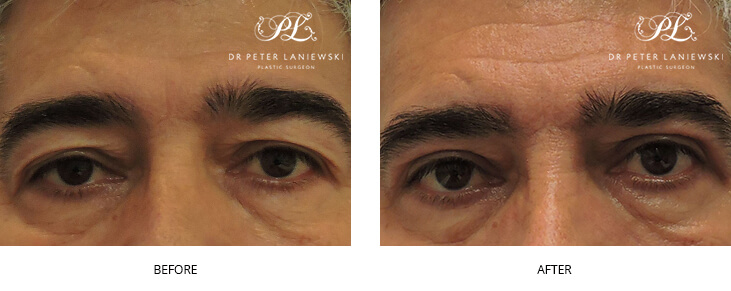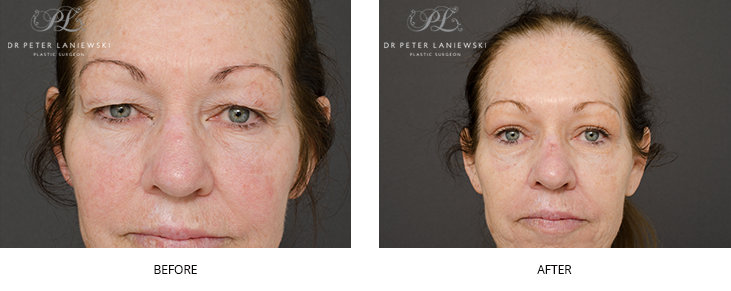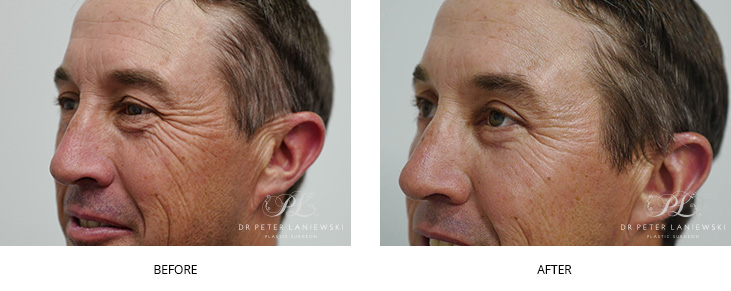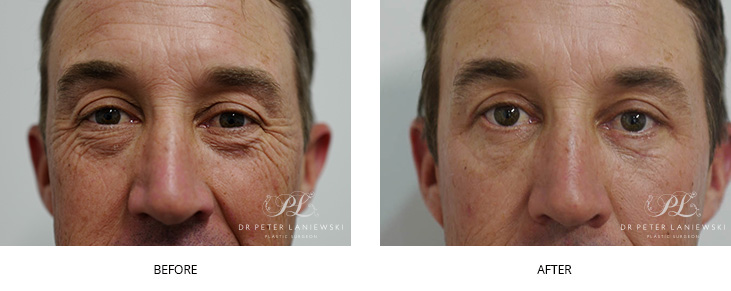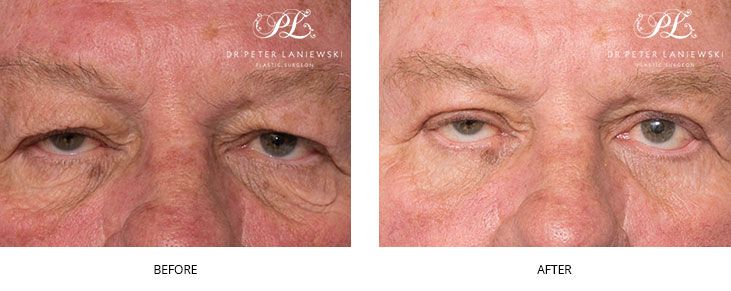Right after eyelid surgery, you can expect some swelling around the eye area, as well as some discolouration and bruising. This is normal and will usually subside after about two weeks. If these symptoms are causing you discomfort, you can apply an ice pack or cold compress to the periorbital area. If you start to experience blurry vision after having eyelid surgery, you should not worry. This can sometimes happen and will usually resolve on its own after a few days of recovery.
Some downtime is associated with eyelid surgery. It is normal for most patients to take around one or two weeks off work in order to recover from the initial symptoms of the surgery. But, this will vary from patient to patient as everyone experiences things differently. To ensure that your eyes and skin are protected after the procedure, it is recommended that you wear tinted sunglasses when it is hot and sunny outside. If you want to wear any makeup on your eyes or put in contact lenses, you should wait at least two weeks after your surgery and consult Dr Laniewski for a more personalised recommendation.
You will be able to appreciate the results of eyelid surgery gradually after surgery, with full changes being visible a few months after the procedure. The results that you experience from the blepharoplasty procedure typically last around seven to 10 years.

